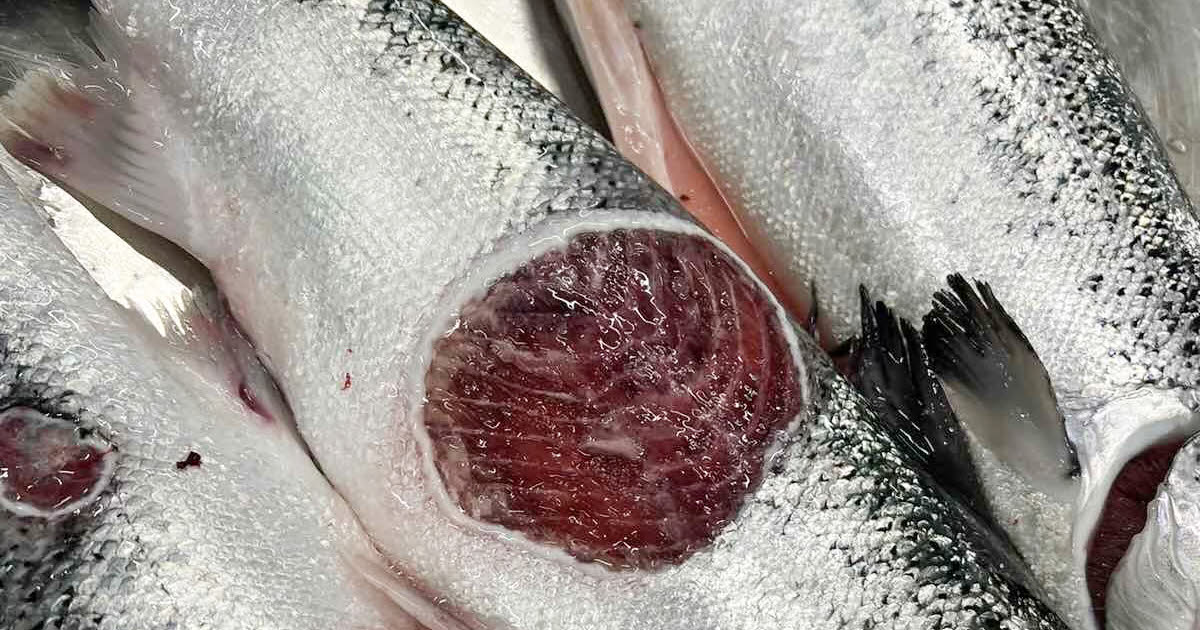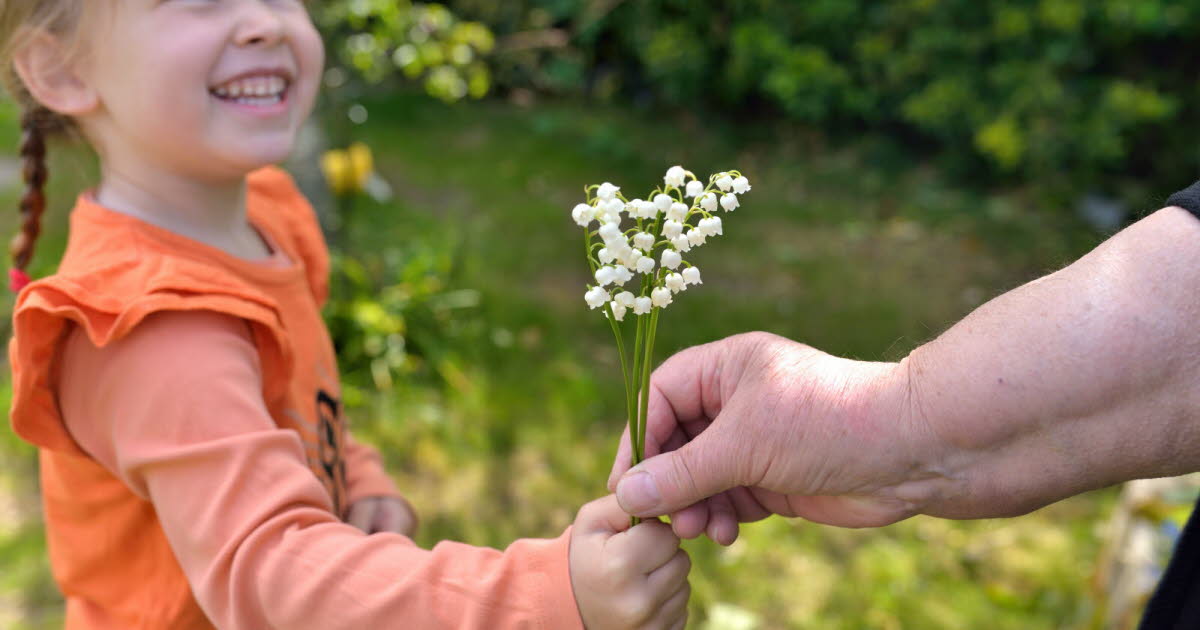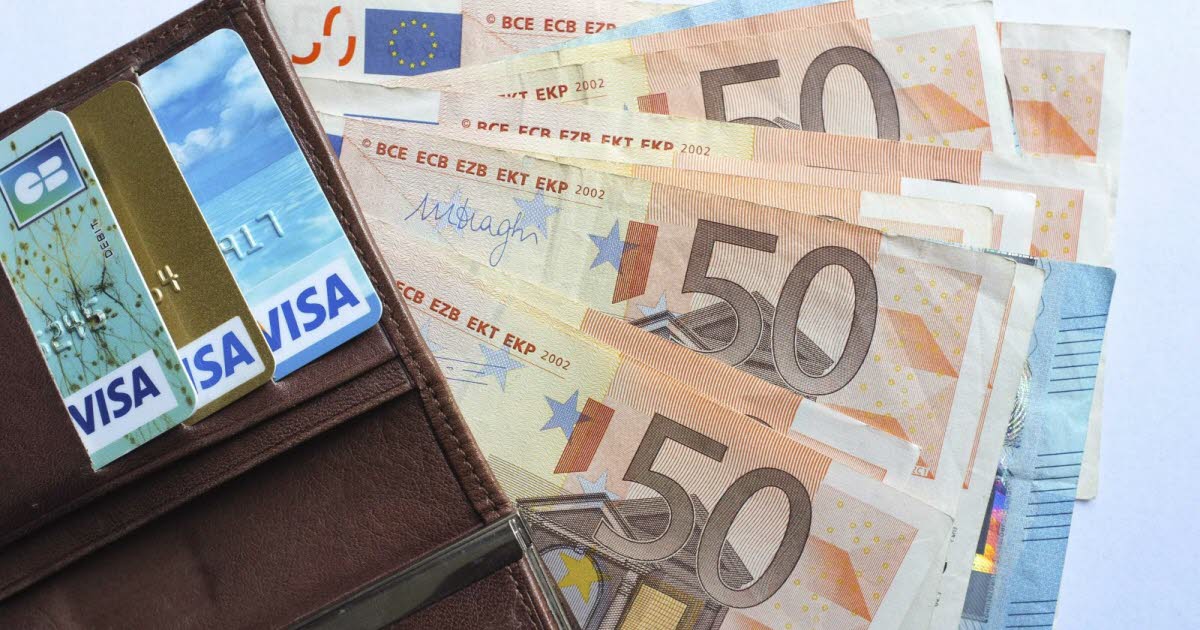Norwegian salmon, touted for its Omega 3 and dietary benefits, is not in great shape in the fish farms where it is raised.
Unprecedented mortality
Almost 63 million salmon – a record – died prematurely last year in large cages submerged in the fjords of the Scandinavian country, which is the world’s largest producer of Atlantic salmon. This represents an unprecedented death rate of 16.7%, which is increasing year by year.
Cause: disease (pancreas, gills, heart, etc.), but also injuries caused during operations aimed at ridding them of sea lice, parasites that feed on their host.
On our plates under the label “superior”?
Salmon that die prematurely are usually processed into animal feed or biofuel. According to Norwegian media, however, it could happen that fish that were sick or even dead at the time of slaughter ended up on plates, sometimes under the label “superior”.
“I see fish for sale that I wouldn’t eat myself,” former slaughterhouse quality manager Laila Sele Navikauskas testified on the NRK channel in November.
“No risk to human health”
According to experts, its consumption does not pose a risk to human health. “The common pathogens that cause salmon disease are not transmissible to humans,” assures Edgar Brun, head of fish health and welfare at the Norwegian Veterinary Institute.
However, these revelations damage the quality image that the sector is trying to create. “If you buy meat in a store, it seems obvious that it comes from an animal that has been properly slaughtered and not from an animal that was lying dead outside the barn,” argues fish health specialist Trygve Poppe.
A major economic challenge
Sixty-three million dead salmon some time ago means almost 2 billion euros in lost income for Norway. In addition to ethical considerations, strengthening animal welfare also corresponds to economic logic.
Sjømatbedriftene, an organization representing small producers, aims to halve the mortality rate by 2030. Sjømat Norge, an association representing large aquaculture groups – the most highlighted – assures mobilization but calls for more time. Giant Salmar has invested more than 40 million euros to work on the problem.
What ways to improve?
Among the paths mentioned are greater spacing of aquaculture farms and new technologies, especially so-called closed facilities where the water is filtered. This technology would help protect against sea lice, but it is more expensive.
The government emphasizes the responsibility of breeders to respect the regulations. “Not all producers show the same mortality rate, it is possible to reduce it,” notes State Secretary of the Ministry of Fisheries Even Tronstad Sagebakken. According to him, two texts being prepared should contribute to this, one on the welfare of animals and the other on the use of the seas.
Meanwhile, the Food Safety Authority says it continues to receive reports that salmon that do not meet standards continue to leave the country.




